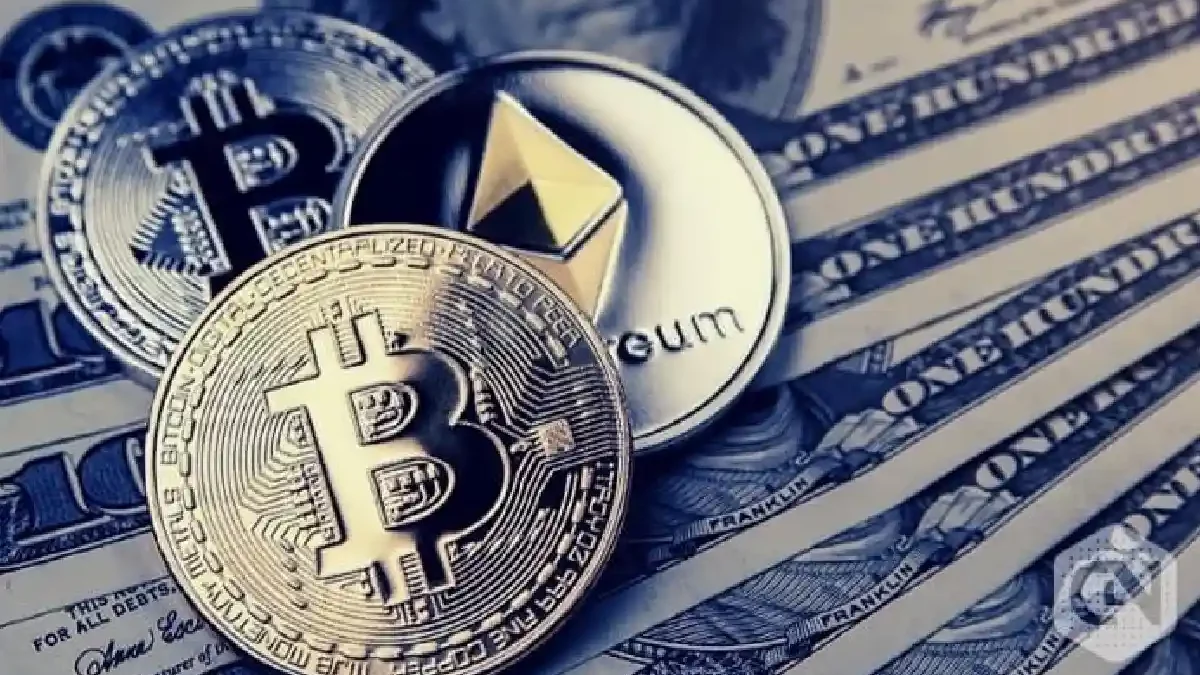Can cryptocurrencies overtake fiat money – Money is a requirement of any financial transaction and is a collectively accepted representation of value worldwide. From the first barter systems with exchanges of valuable items to what we know today, the meaning and significance of money have been transforming.
In the article, we will take a tour of what fiat money is and its arrival in the current virtual currency that, according to experts, can replace cryptocurrency. Interested? Keep reading!
What is fiat money?
To begin with, defining what we mean when discussing fiat money is essential. Fiat or fiduciary money is the currency we traditionally use to purchase goods and services: the dollar, the euro, etc.
This currency is issued by the Government and is not financed by a physical commodity (such as gold or silver); it has no intrinsic value, which means that its value depends on the relationship between supply and demand and the stability of the issuing Government.
An example of this is banknotes and coins. Alone, as an object, they have no material value; their value corresponds to that assigned arbitrarily by consensus.
Today, fiat money represents the most dominant iteration of money. However, history has shown that money evolves, and with the advent of blockchain technology and cryptocurrencies in 2008, new global systems of money and value appeared.
From fiat money to cryptocurrencies
As we mentioned, the government controls fiat money, which can print bills and coins as needed, making it unlimited. This means that it currently not possible to determine how much extra money will be produced and how it will distributed. The problem with this lies in inflation. If there a lot of circulation of fiat money, the value reduced.
This situation has already occurred in different countries where inadequate government management has caused their currency to devalued, and purchasing power has lost.
In 2008, a white paper for what known today as Bitcoin released during the great global financial crisis. This document defined Bitcoin as “an effective electronic peer-to-peer system.”
In part, the arrival of the first cryptocurrency (BTC), and of the other altcoins, arises as a method to counteract inflation and to own one’s own money. In such a way, its owner can decide how, when, and where he sends or receives money.
Cryptocurrencies have a limited number of coins created, so the value increases when there is more demand, avoiding inflation risk.
What are the differences between fiat money and cryptocurrencies?
One of the most revolutionary differences with the advent of cryptocurrencies such as bitcoin (BTC) and ether (ETH) that they built on decentralized blockchains, which means that a single body does not control them,. There is no need to intermediaries such as banks or the Government.
By operating in this decentralized manner, cryptocurrencies can remain highly resilient and validate transactions without third-party intervention. In the blockchain, each transaction is permanently recorded in a block, making the transaction valid and irreversible. In this sense, cryptocurrencies are perhaps one of the safest ways to pay for goods or services.
Cryptocurrencies use a virtual wallet where the encrypted keys can accessed found. This makes it a more secure system than fiat money.
Due to the traditional banking system, transaction costs for fiat money are higher than those for cryptocurrencies.
Properties that fiat money shares with cryptocurrencies
Cryptocurrencies can considered money since they meet specific criteria that fiat money already has; these that it must act as a store of value, be an exchange instrument and function as a means of payment.
Store of value:
For a currency to work, it must preserve its value over a long retro of time. In this way, general confidence generated in this money can used without fear of a possible devaluation.
Although initially cryptocurrencies and the blockchain have been marked by market volatility, a type of cryptocurrency called ” stablecoins ” has appeared in which this currency is associated with the value of a fiat exchange (such as the dollar or the euro) or with material goods. . This has reinforced its use as a digital currency of value.
Payment method
Money must a widely accepted form of payment. It must be able to acquire goods and services in any market. This is already something that happens with fiat money, accepted worldwide (with its respective currency) to carry out any transaction.
Cryptocurrencies still have a way to go; however, thanks to the expansion and adoption of the forex markets, there has been increasing acceptance at both the individual and institutional levels.
exchange unit
To function as a unit of exchange, money must have a transactional price and determine the value of goods and services in the economy relative to others. In the case of fiat currency, the banks manage the matter either by printing more money, increasing interest, etc. The value of the cryptocurrency depends solely on the current market prices.
Another critical point to classify as a unit of exchange is that the currency is divisible. For example, in fiat money, two euros can divided into two one-euro coins, two 50-cent coins and one one-euro coin, and so on. Cryptocurrencies are digital by nature, making them especially suitable for divisibility. BTC can divided into satoshis (one hundred millionths of a bitcoin).

